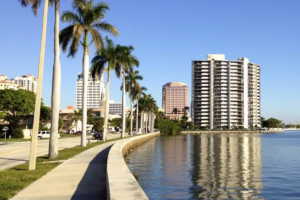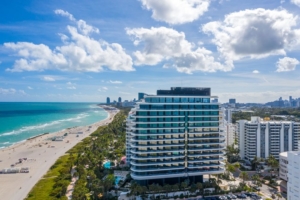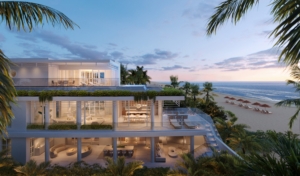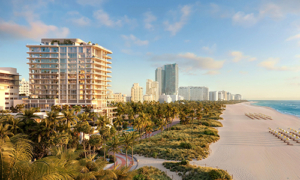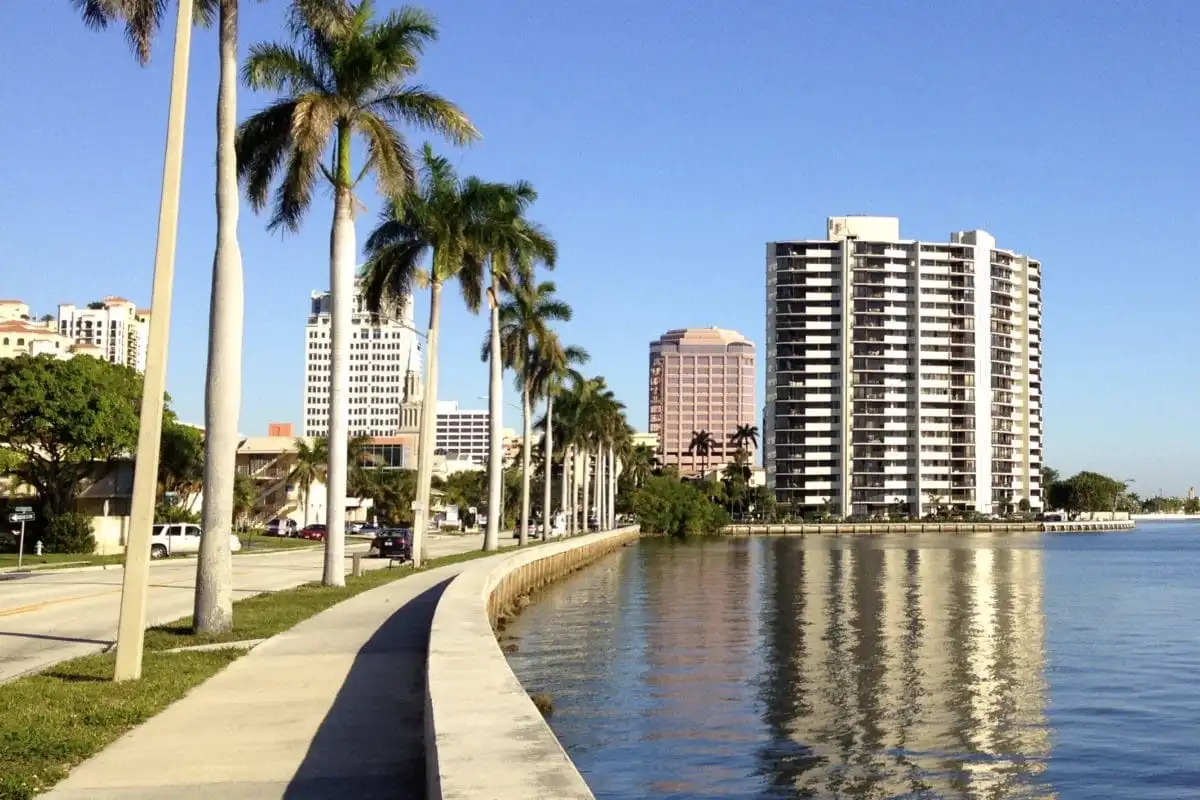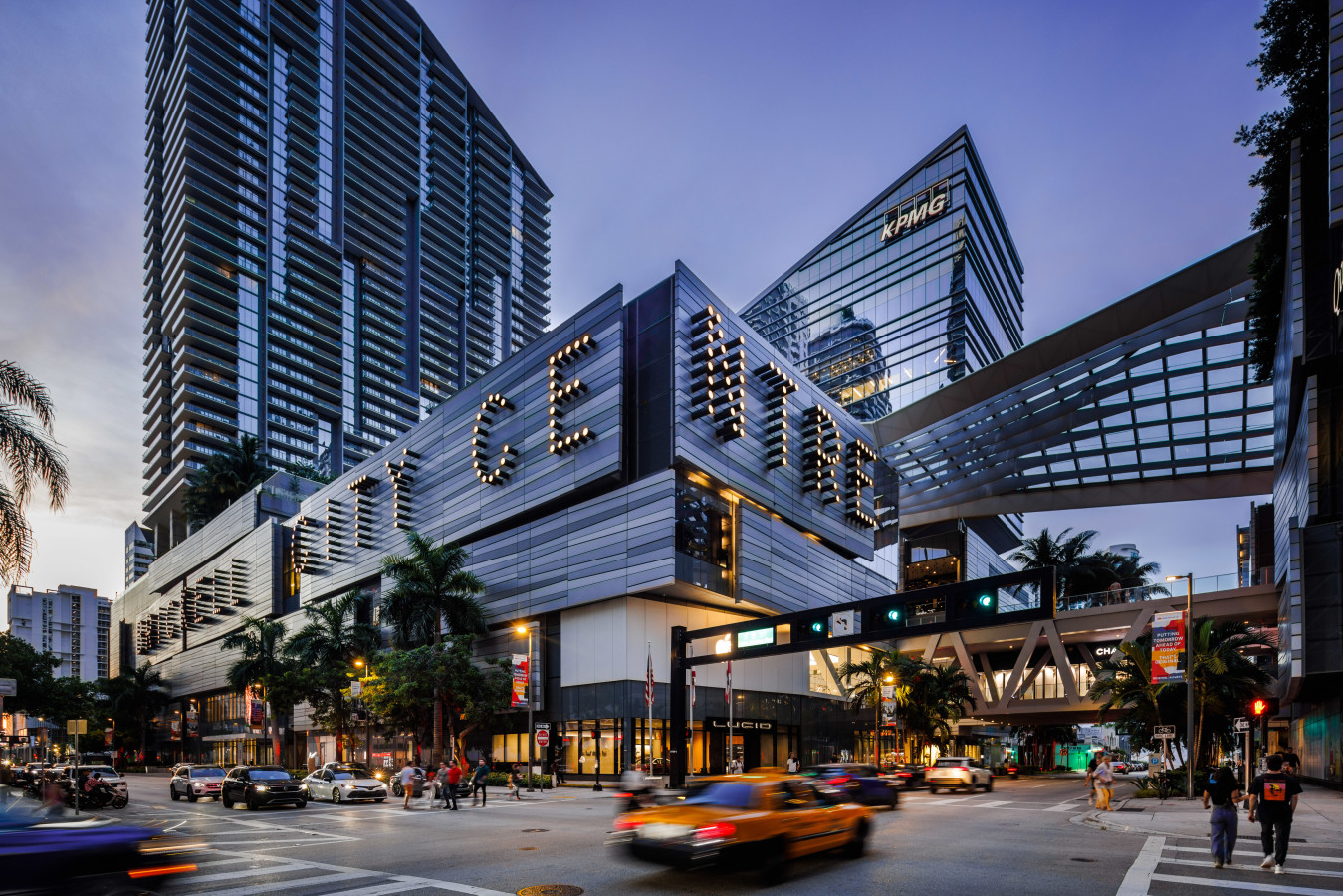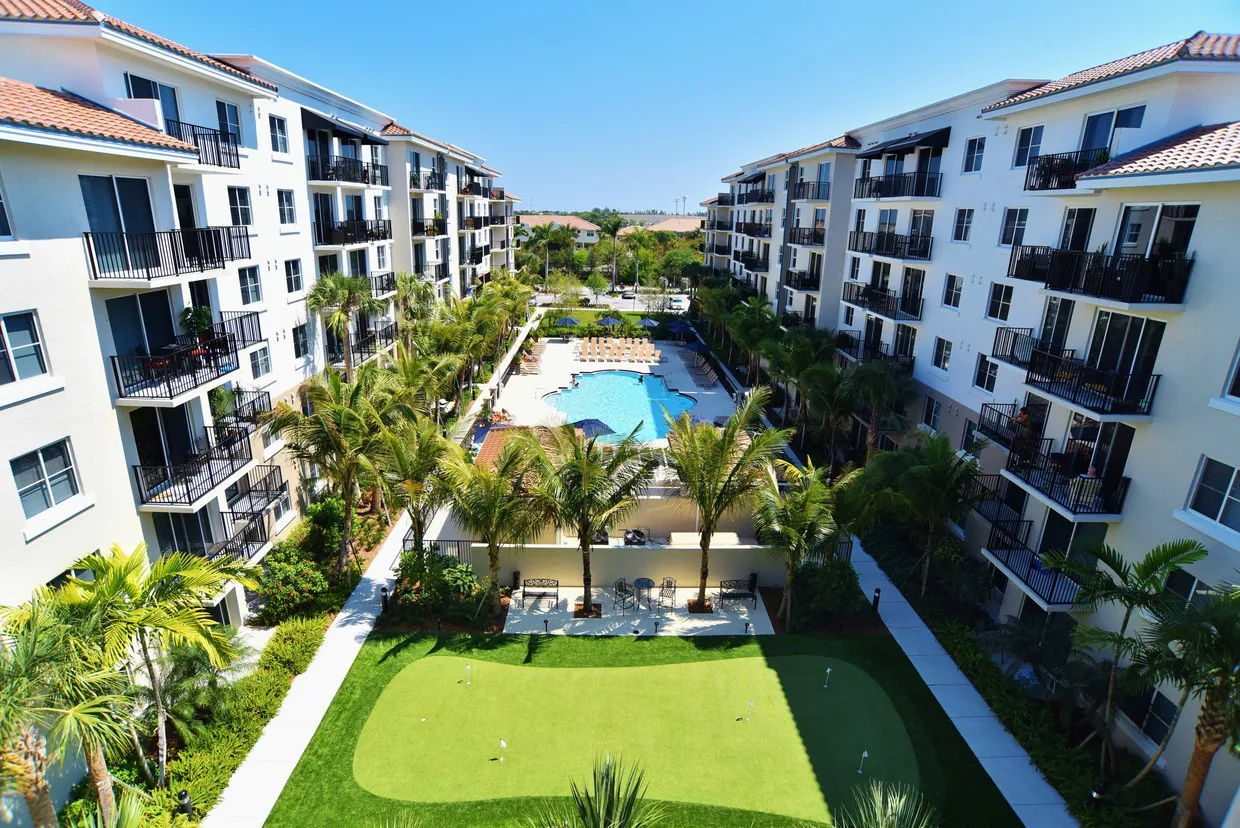South Florida Condos Face Mortgage Crisis: Navigating Fannie Mae's Expanding Blacklist
Alarming Growth in Blacklisted Properties Threatens South Florida's Condo Market
The number of South Florida condominium buildings deemed ineligible for conventional financing by Fannie Mae has surged dramatically, more than doubling over the past two years and creating significant challenges for property owners across Miami-Dade, Broward, and Palm Beach counties. As of March, an astonishing 696 buildings in the tri-county area have been placed on Fannie Mae's confidential "blacklist," representing nearly half of the 1,438 affected properties statewide.
This sharp increase stems directly from stricter lending requirements implemented following the catastrophic Champlain Towers South collapse in Surfside in 2021. The tragedy prompted a fundamental reassessment of structural safety standards and financial stability requirements for aging condominium buildings throughout Florida.
The implications of being placed on this list extend far beyond simple inconvenience. When conventional financing becomes unavailable, property values typically decline, unit sales stall, and associations struggle to secure affordable financing for critical repairs and maintenance projects—creating a troubling downward spiral for affected communities.
Understanding the Impact: Survey Reveals Widespread Confusion and Financial Consequences
The Community Associations Institute (CAI), the nation's leading organization representing community association interests, recently conducted a comprehensive survey of over 700 board members, property managers, and business partners to assess the situation. The findings revealed concerning trends:
- 42% of respondents weren't certain if their building appeared on Fannie Mae's blacklist
- 37% only investigated their status after experiencing loan denials
- 40% acknowledged their communities may have characteristics that could trigger inclusion, such as deferred maintenance or insufficient reserves
- 64% of those confirmed to be on the list reported negative impacts on sales and property values
These statistics highlight a critical awareness gap among association leadership and the real-world financial consequences for owners in affected buildings. With nearly half of survey participants uncertain about their status, thousands of condo owners may be unaware of potential financing obstacles until they attempt to sell their units or refinance existing mortgages.
Breaking the Cycle: Practical Steps to Regain Financing Eligibility
While Fannie Mae's list remains confidential and accessible only to lenders, associations can take proactive measures to determine their status and address deficiencies. The CAI's newly issued guidance provides a strategic roadmap for associations seeking to restore their financing eligibility:
- Determine current status: Work directly with lenders to request specific information about ineligibility reasons, or use Fannie Mae's online Condo Project Manager tool to gather details.
- Address insurance deficiencies: Many properties appear on the list due to inadequate insurance coverage. Common issues include deductibles exceeding 5% of policy limits, lack of guaranteed replacement cost coverage, or policies based on actual cash value rather than replacement cost. Associations should collaborate with insurance brokers to modify policies to meet Fannie Mae's standards, then submit updated documentation.
- Prioritize structural repairs: Buildings flagged for structural or mechanical issues must make remediation an immediate priority. Complete documentation including contractor invoices, before/after photographs, engineering reports, and verification from qualified inspectors should be submitted once repairs are completed.
- Update reserve studies and funding: Inadequate reserves represent another common disqualifier. Associations should commission new professional reserve studies covering all structural and mechanical elements with a 30-year replacement schedule. Boards must then adopt formal resolutions implementing adequate funding plans aligned with these studies.
- Address pending litigation: Associations involved in litigation that could result in significant financial liability should provide Fannie Mae with their attorney's summary of the case and proof of insurance coverage for potential judgments and legal fees.
This methodical approach provides affected associations with a practical framework to systematically address deficiencies and potentially restore their financing eligibility.
The Congressional Connection: When Federal Intervention May Be Necessary
For associations that have diligently completed all recommended corrective actions but still remain on the blacklist, the CAI suggests engaging with federal legislators. This approach recognizes Fannie Mae's unique status as a government-sponsored enterprise (GSE) operating under a congressional charter.
Condo owners and association boards should remind their senators and representatives that Fannie Mae's primary congressional mandate is to promote access to affordable mortgage financing. By implementing what many consider overly stringent criteria that effectively blocks financing for hundreds of buildings, the now for-profit, shareholder-owned corporation may be diverging from its core mission.
Congressional oversight could prove essential in ensuring reasonable balance between legitimate safety concerns and maintaining viable housing markets. Affected property owners should document their remediation efforts thoroughly when approaching legislators, demonstrating good-faith compliance with reasonable standards while highlighting the disproportionate impact of continuing blacklist status.
Market Adaptation: Alternative Financing Options and Future Trends
As the blacklist continues to expand, the South Florida real estate market is adapting in various ways. Non-conforming mortgages have become the primary financing option for affected properties, though these typically carry significantly higher interest rates and less favorable terms than conventional loans.
Some forward-thinking associations have begun implementing comprehensive transparency initiatives, proactively publishing detailed financial statements, maintenance records, and engineering reports online. This approach aims to build confidence among potential buyers and lenders, potentially offsetting some negative perceptions associated with blacklist status.
Additionally, specialized lending programs targeting buildings with demonstrated remediation plans have begun to emerge, offering interim financing solutions while properties work toward restoring their conventional financing eligibility.
Insights: Expert Answers to Critical Questions
How can I determine if my building is on Fannie Mae's blacklist?
While the list itself remains confidential, your association can work with mortgage lenders to request this information. Alternatively, multiple loan application denials citing "ineligible condo project" typically indicate blacklist inclusion. Your association management should contact Fannie Mae directly with your property's details to confirm status and identify specific deficiencies.
Will increasing our monthly association fees help remove us from the blacklist?
Simply increasing fees without a structured plan won't resolve blacklist issues. However, implementing adequate reserve funding based on a professional reserve study can address one common deficiency. The key is demonstrating a sustainable funding plan specifically addressing the deficiencies identified by Fannie Mae.
How long does it typically take to get removed from the blacklist after completing required remediation?
The timeline varies significantly based on the specific issues and how thoroughly they've been addressed. Minor insurance policy adjustments may be resolved within 30-60 days, while major structural repairs can take 6-12 months or longer for verification and review. Maintaining regular communication with Fannie Mae throughout the remediation process can help expedite removal.
If our building was constructed after 2000, are we still at risk of being blacklisted?
Yes. While older buildings face higher scrutiny, newer constructions aren't immune. Inadequate reserves, pending litigation, or insurance deficiencies can affect buildings of any age. Even well-maintained newer buildings should conduct regular professional reserve studies and structural assessments to avoid potential blacklisting.
Can individual unit owners take any actions to improve their financing options if their building remains blacklisted?
Individual owners have limited options while their building remains blacklisted. Working closely with your board to address deficiencies is the most effective approach. In the meantime, exploring portfolio lenders (typically smaller banks that hold loans rather than selling them), credit unions, or mortgage brokers specializing in non-conforming loans can provide alternative financing options, though typically at higher interest rates.


